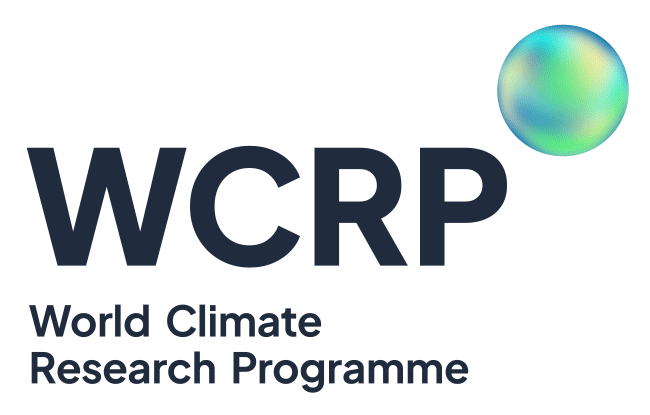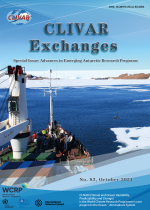The Arctic Marine Heatwave Amplification: A Projected Phenomenon

Figure 1. Mean intensity of marine heatwaves (MHWs) and total heat exposures (THEs) during 2071–2100 based on CMIP6 multi-model mean (MMM) under the SSP585 scenario. (a), (b) MHW mean intensity in the global ocean and the Arctic Ocean, respectively. (c), (d) As (a) and (b) but for the changes in MHW mean intensity during 2071-2100 relative to 1985-2014. (e)–(h) As (a)–(d), but for THE mean intensity. Figure from He et al. 2024.
The Arctic Marine Heatwave Amplification: A Projected Phenomenon
Our CLIVAR members Fangli Qiao and Qi Shu, from SSG and NORP respectively, and former OMDP member Qiang Wang, contributed to the study of Marine Heatwaves (MHWs) and Total Heat Exposures (THEs) in a future warming climate. The study, based on CMIP6 climate simulations under the Shared Socioeconomic Pathway (SSP) 585 scenario for 2071-2100, shows that in the Arctic, the mean intensity of MHWs is projected to increase by 7.6 times the global average, while THE is expected to increase by 1.5 times.
Although MHWs are expected to become more widespread worldwide, the Arctic region is predicted to experience the most intense changes. For the period 2071-2100, the mean intensity of MHWs could reach 2°C, while THE could increase to 3°C. In contrast, the expected changes in the mean intensity of MHWs in other regions generally remain below 0.4°C relative to 1985-2014.
The main drivers of this amplification, including the loss of sea ice cover and the long-term warming trend, as well as the direct consequences for marine life, are discussed in this paper. For more details, see the full paper at https://doi.org/10.1038/s41467-024-52760-1
(Summary by Joana Gonzalez, edited by Qi Shu)
Reference
He, Y., Shu, Q., Wang, Q. et al. Arctic Amplification of marine heatwaves under global warming. Nat Commun 15, 8265 (2024). https://doi.org/10.1038/s41467-024-52760-1














Add new comment